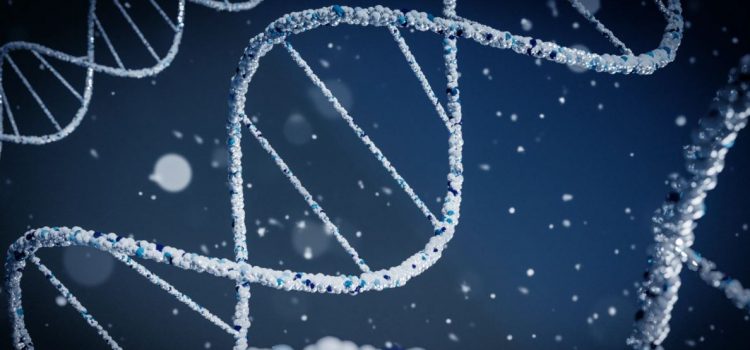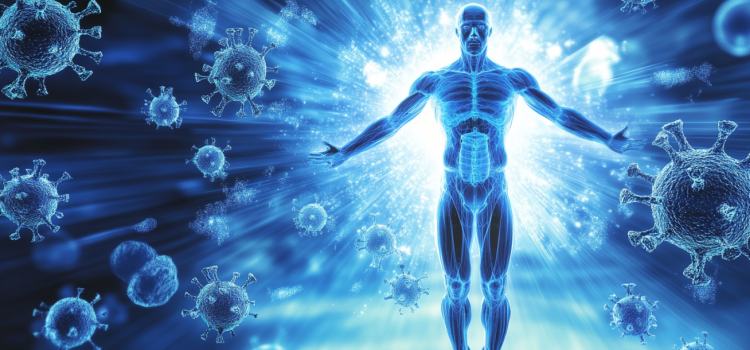Could your daily habits be sabotaging your health and happiness? How can you break free from destructive patterns? In Brain Wash, Dr. David Perlmutter and physician Austin Perlmutter argue that our modern lifestyles—filled with technological distractions, processed foods, and chronic stress—are impairing our brain function and decision-making abilities. They suggest simple lifestyle changes to destroy the cycle of damaging choices. Read more in our book overview of Brain Wash.
Brain Wash by Dr. David and Austin Perlmutter: Overview










